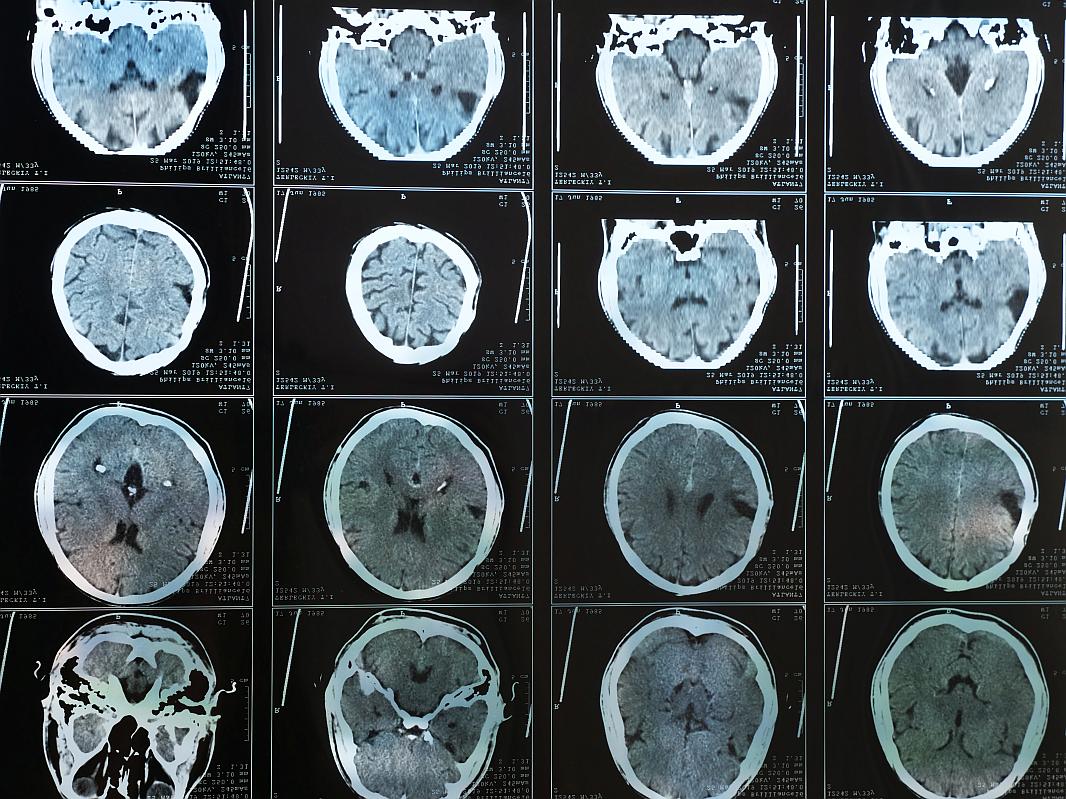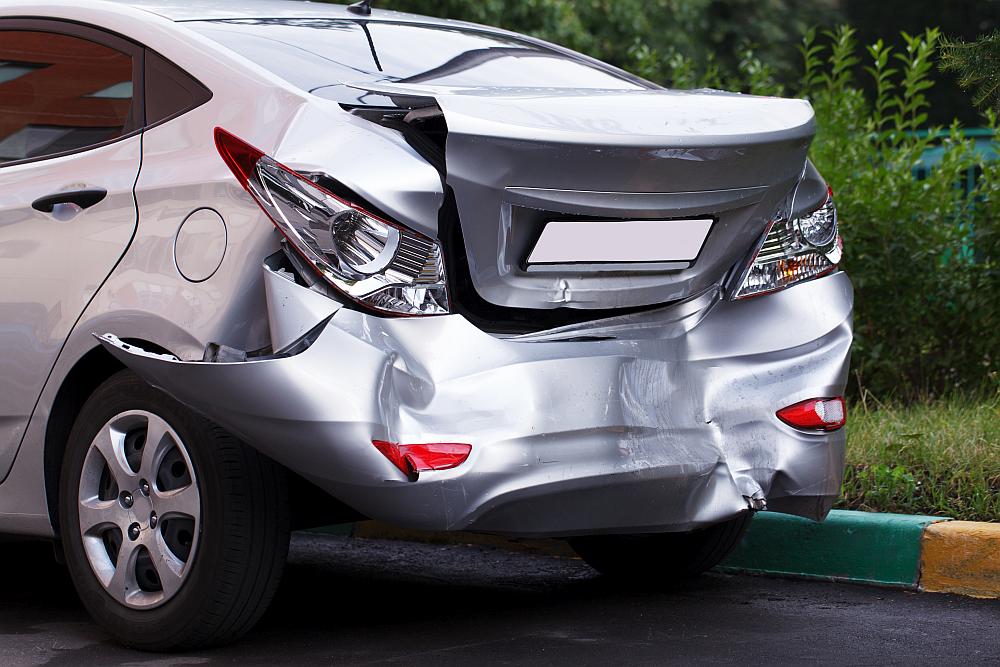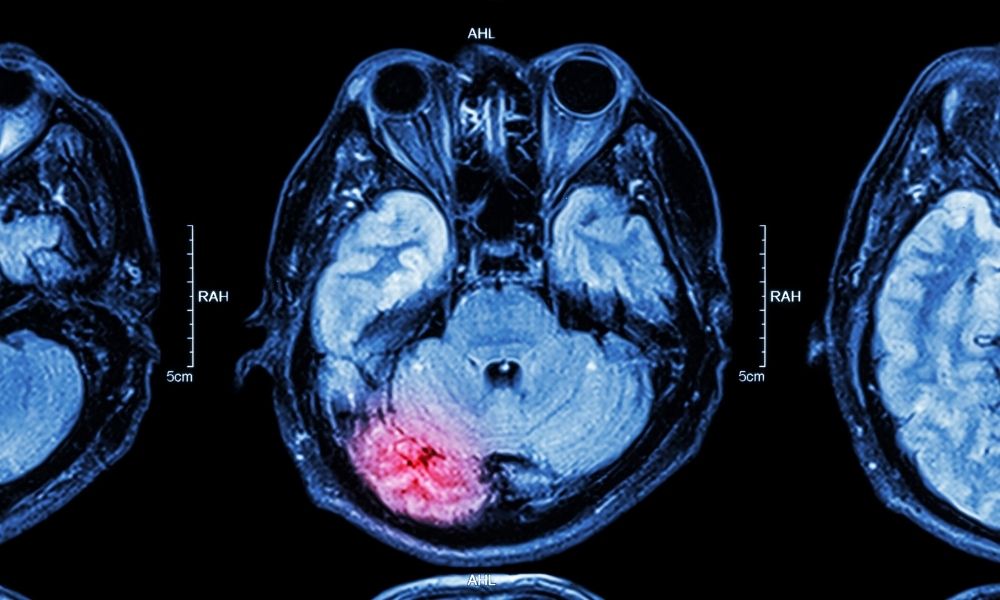
Traumatic brain injuries (TBIs) are severe and disabling injuries that occur when the brain is struck or jolted by external forces. They are a leading cause of death and disability, impactin...

Welcome to ACTS LAW, the experienced and trusted legal team for families affected by serious accidents. Our Los Angeles-based catastrophic injury lawyers have been advocating for clients for...

Truck accidents can have devastating consequences, leading to severe injuries or even fatalities. While car accidents are more common, crashes involving large trucks pose a higher risk of ha...

If a patient's death is a result of medical negligence, you may have grounds to file a wrongful death lawsuit. To establish a wrongful death claim, you must be able to prove that a healthcar...

Motorcycle riding is a popular mode of transportation for millions of individuals in the United States. Every year, many Americans are enticed by the excitement and freedom of the open road,...

If you or a loved one has suffered a traumatic amputation, you know the profound impact it can have on daily living. This devastating loss can upend a person's life in an instant, often taki...

Vehicular accidents can have life-altering consequences, causing severe injuries and significant financial burdens for those involved. Whether it's an automobile, truck, motorcycle, car, bus...

When referring to an injury that is so severe that it permanently alters a person's everyday life, the term "catastrophic injury" is frequently used in legal contexts. Catastrophic injur...

Workplace accidents have the potential to occur in any industry, but certain industries are more susceptible to serious injuries. Construction workers face numerous hazards that cannot alway...

In the state of California, individuals aged 65 and older are considered elders. The occurrence of elder abuse, which can have severe implications for victims and their loved ones, is deemed...

Experiencing a traumatic accident that leads to the amputation of a limb can have a devastating impact on a person's life. The loss of a limb can happen suddenly and can take years and signi...

ACTS LAW is a law firm that specializes in advocating for families impacted by serious aviation accidents. With years of experience navigating the complex world of aviation litigation, the f...

The popularity of rideshare services, like Uber and Lyft, has significantly increased over the years, particularly in urban areas such as Los Angeles. These services offer a convenient mode ...

Spinal cord injury (SCI) refers to the damage caused to the spinal cord due to direct trauma or indirect harm to the surrounding bones, soft tissues, and blood vessels. In the United States,...

Losing a loved one in a tragic accident, where no fault lies with their own, can be an unimaginable experience. It brings forth feelings of unfairness and injustice, leaving a void in the he...